ART CITIES: Venice-Elias Sime
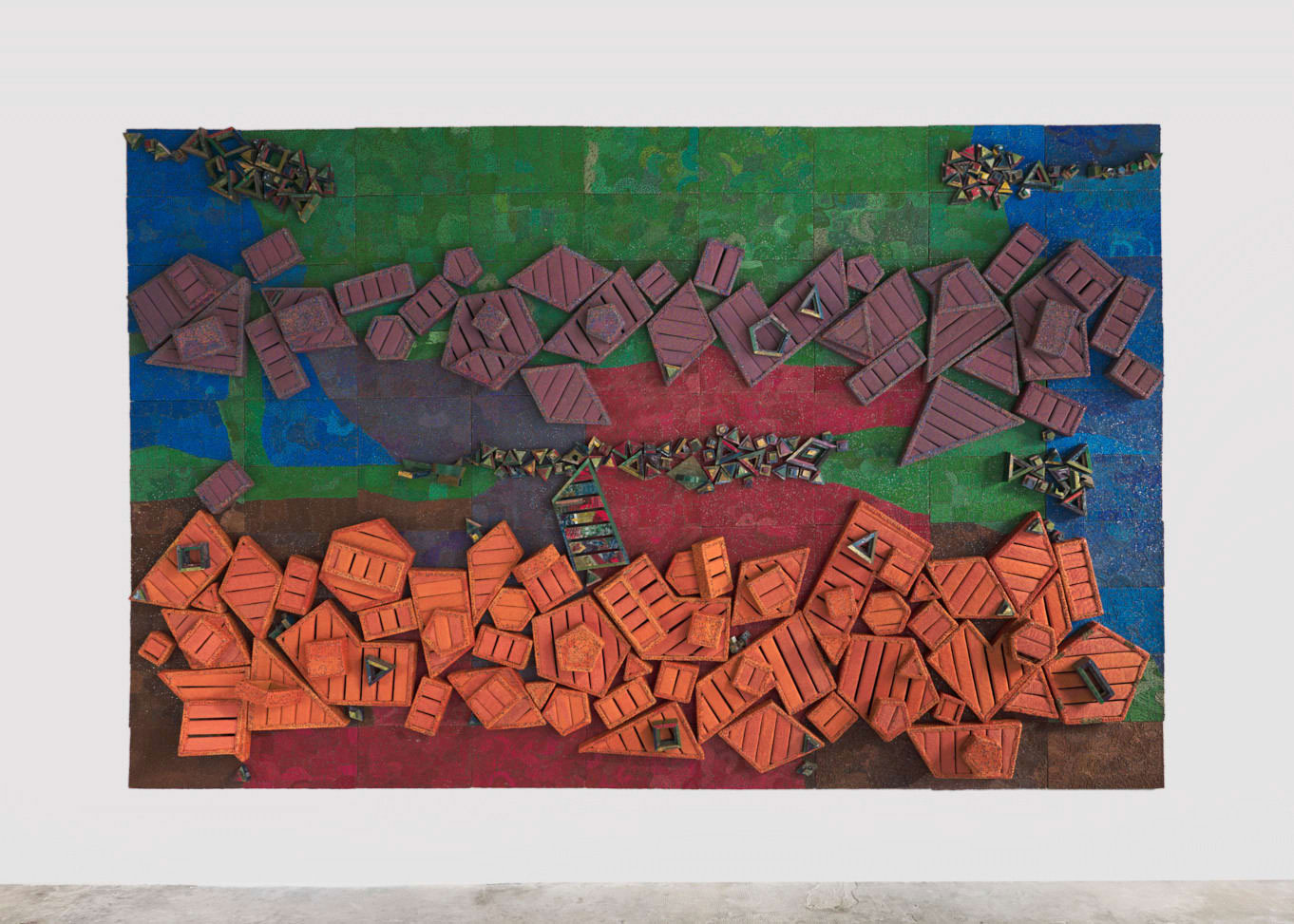 Elias Sime deftly weaves, layers and assembles carefully selected everyday materials, transforming commonplace items into lyrical abstract compositions that suggest topography, figuration, and color fields. He often creates intricate works from electronic components—including circuit boards, computer keys, and telecommunications wires. For Sime, the history of these materials hold meaning and their significance emerges after thorough consideration. They suggest the tenuousness of our interconnected world, alluding to the frictions between tradition and progress, human contact and social networks, nature and the man-made, and physical presence and the virtual.
Elias Sime deftly weaves, layers and assembles carefully selected everyday materials, transforming commonplace items into lyrical abstract compositions that suggest topography, figuration, and color fields. He often creates intricate works from electronic components—including circuit boards, computer keys, and telecommunications wires. For Sime, the history of these materials hold meaning and their significance emerges after thorough consideration. They suggest the tenuousness of our interconnected world, alluding to the frictions between tradition and progress, human contact and social networks, nature and the man-made, and physical presence and the virtual.
By Dimitris Lempesis
Photo: GRIMM Gallery archive
Elias Sime is known for tracing the trade networks of a globalized world: The precious metals mined in Africa become electronic devices in East Asian factories before returning to Africa as consumer goods, which the artist dissects to highlight their formal beauty and material connection to the earth. Sime’s exhibition “Dichotomy ፊት አና ጀርባ” is part of the Venice Biennale’s collateral program and underlines this part of his practice. The venue, Tanarte, opposite the entrance to the Arsenale, is filled with large-scale reliefs of woven wire and mosaic-like murals of motherboards and computer keys, evoking landscapes and city skylines viewed from a kaleidoscopic array of perspectives. The exhibition features seven new artworks, including six new wall works and a large-scale braided wire sculpture. Using materials that form the backbone of all digital communication, Sime crafts dimensional meditations that encourage sustained contemplation. In his material-driven and multidisciplinary practice, Sime weaves, layers, and braids repurposed technological equipment into lyrical and intricate sculptural assemblages. Sime’s use of color, pattern, and grids often reference natural landscapes, evoking both the environment and humankind’s imprint on the earth. This presentation elaborates on Sime’s “Tightrope” series, which the artist first began developing in 2009. In particular, the new “Tightrope” works meditate on the centrality of the smartphone in everyday life. Sime looks at this device as a status symbol, as well as a metaphor for the fraught systems powering global communication today; the ubiquitous devices are powered by precious metals which are mined under punishing conditions, raising serious ethical and ecological concerns due to their geological scarcity and associated geopolitics. In the entryway from the canal to the interior exhibition space in Venice, a site-specific installation places panels of electronic components and electrical wires in direct dialogue with the ancient infrastructure of the city. The exhibition title came first in English, and like many of Sime’s titles, it is simple but richly evocative. The Amharic equivalent, literally means ‘the front and the back’ but metaphorically refers to a person’s face and what lies behind it – the public and the private. Most of Sime’s electronics assemblages are grouped under the title “Tightrope” which also gives a metaphor to the thin lines that separate what people do and what they desire. The exhibition further links this duality to computer circuitry. The presentation of Sime’s large-scale panels, where openings in forests of green wire reveal logos of tech companies, is particularly striking in Venice, a city that has maintained its medieval appearance. It prompts reflection on how humans work with and against the environment to construct spaces conducive to life—a topic Sime has pursued over the last five years through public art projects in Addis Ababa. While such projects look quite different from his deconstructed electronics, they indicate his overall interest in the relationship between nature and technology. Sime first became interested in electronics when Meskerem Assegued” remarked on computing’s reliance on precious metals mined from the earth. At his studio – a complex of corrugated metal sheds and wooden storehouses tucked behind a fence at Zoma Museum, a sustainable art center he co-founded with Assegued in Addis Ababa – stores of these components look to be on the verge of being reclaimed by nature. There is a heap of rotary phones, a stack of old beige CPUs, and green copper-tinged motherboards in massive piles, partially covered by tarps, fallen brown pine needles dangling from the edges like loose wires. Working with Assegued, Sime co-founded, designed, and built the award-winning Zoma Museum in Addis Ababa, an environmentally conscious international art center. Zoma Museum includes a gallery space, library, children’s center, edible garden, elementary school, art and vernacular school, amphitheater, cafe, and museum shop. As an extension of this architectural practice, Sime has recently begun to develop a series of freestanding carved stone sculptures whose sinuous forms echo the vernacular architecture of the museum
* Meskerem Assegued is an anthropologist, curator, and writer. In 2002, she founded ZCAC (Zoma Contemporary Art Center), an artist residency located in Addis Ababa and Harla, a small village south of Dire Dawa, Ethiopia. Over the last 16 years, Meskerem has curated numerous exhibitions both in Ethiopia and abroad. She was a member of the selection committee for the 2004 Dak’Art Biennale and the 2007 Venice Biennale African Pavilion.
Photo: Elias Sime, Tightrope: Dichotomy 5, 2023-2024, Electrical components and electrical wires on wooden panel, 182.9 x 358.1 cm | 72 x 141 in, © Elias Sime, Courtesy the artist and GRIMM Gallery
Info: Curators: Meskerem Assegued and Felicity Korn, Tanarte, Castello 2125, Venice, Italy, Duration: 17/4-24/11/2024, Days & Hours: Daily 11:00-19:00
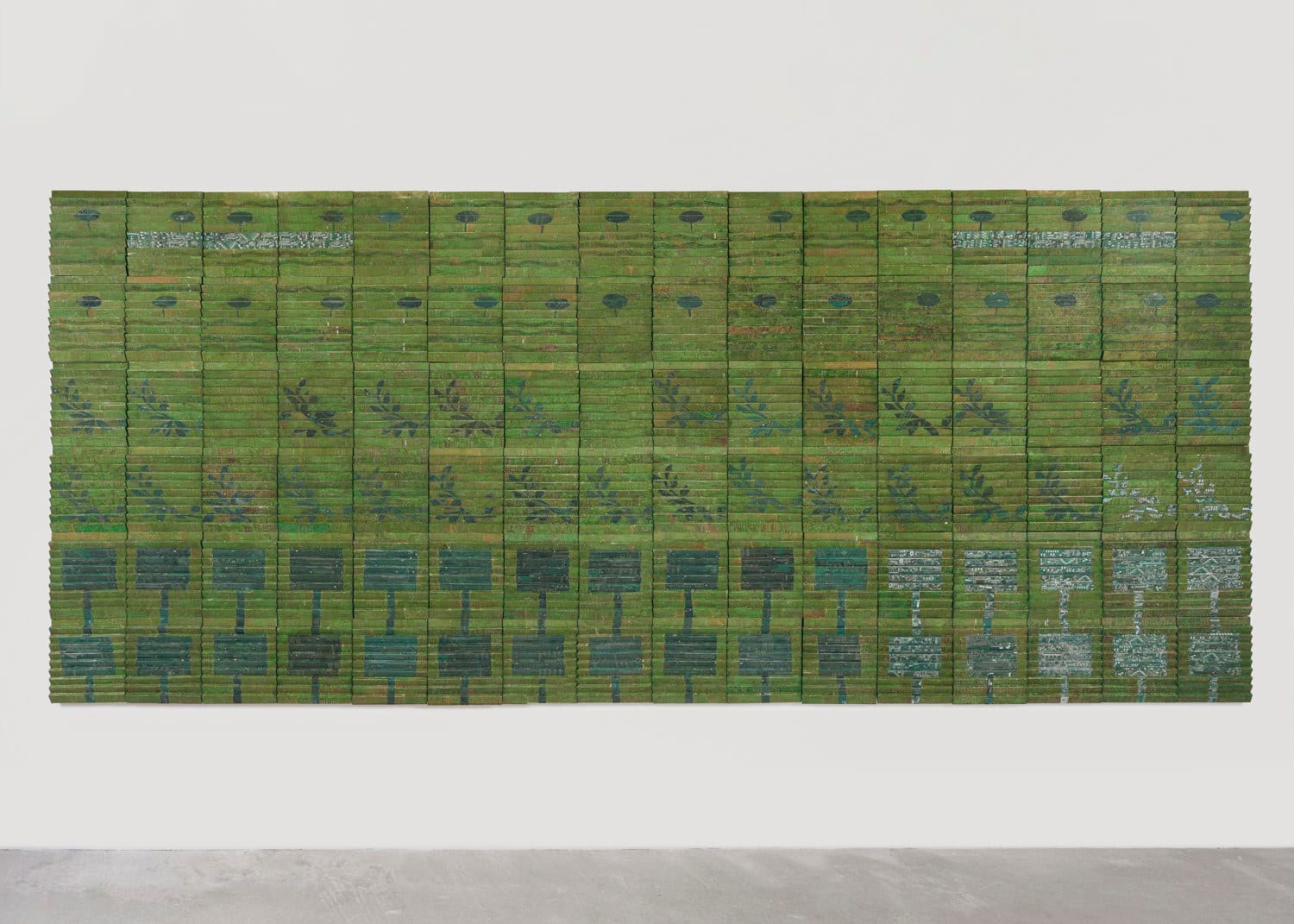
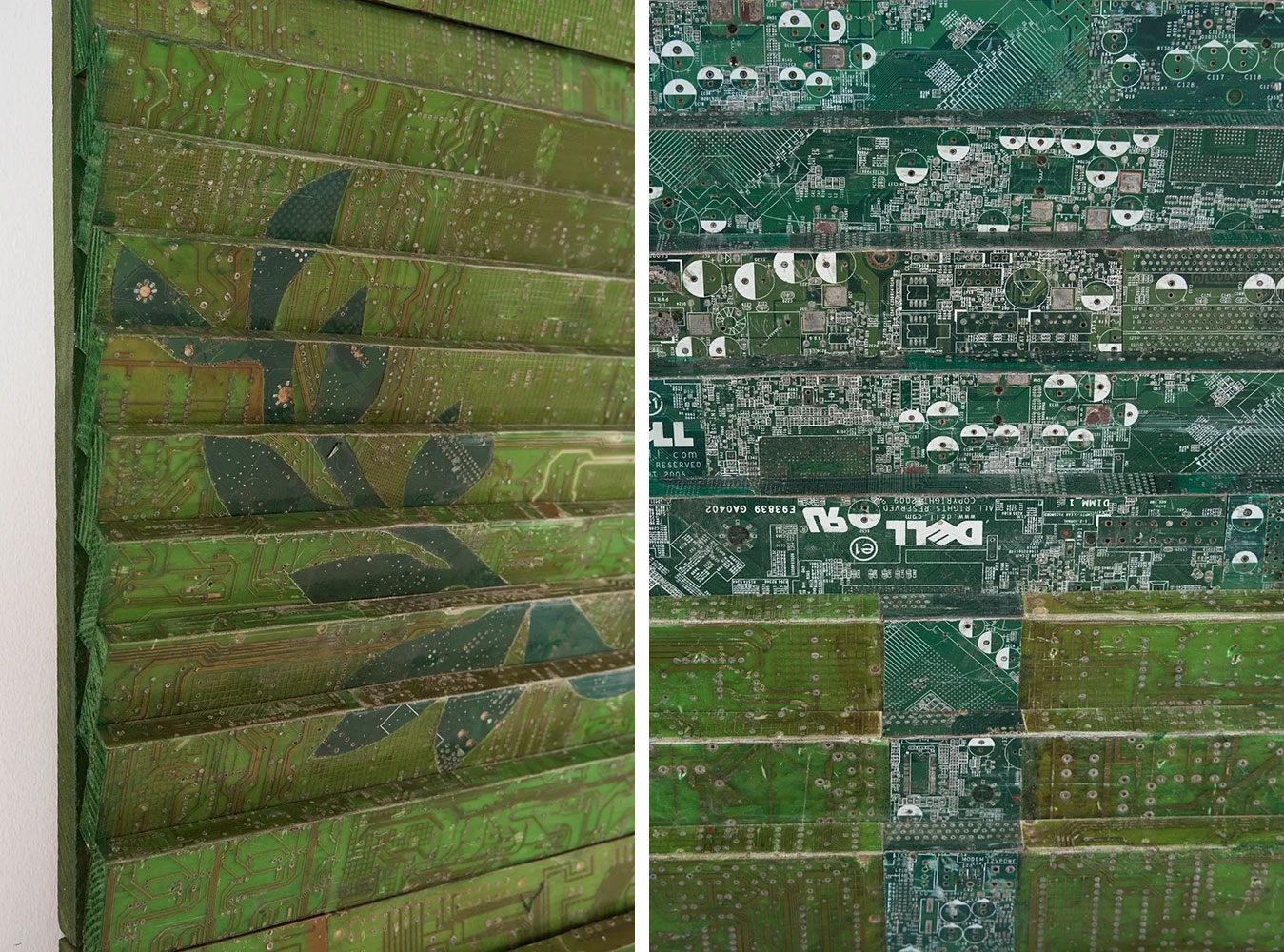
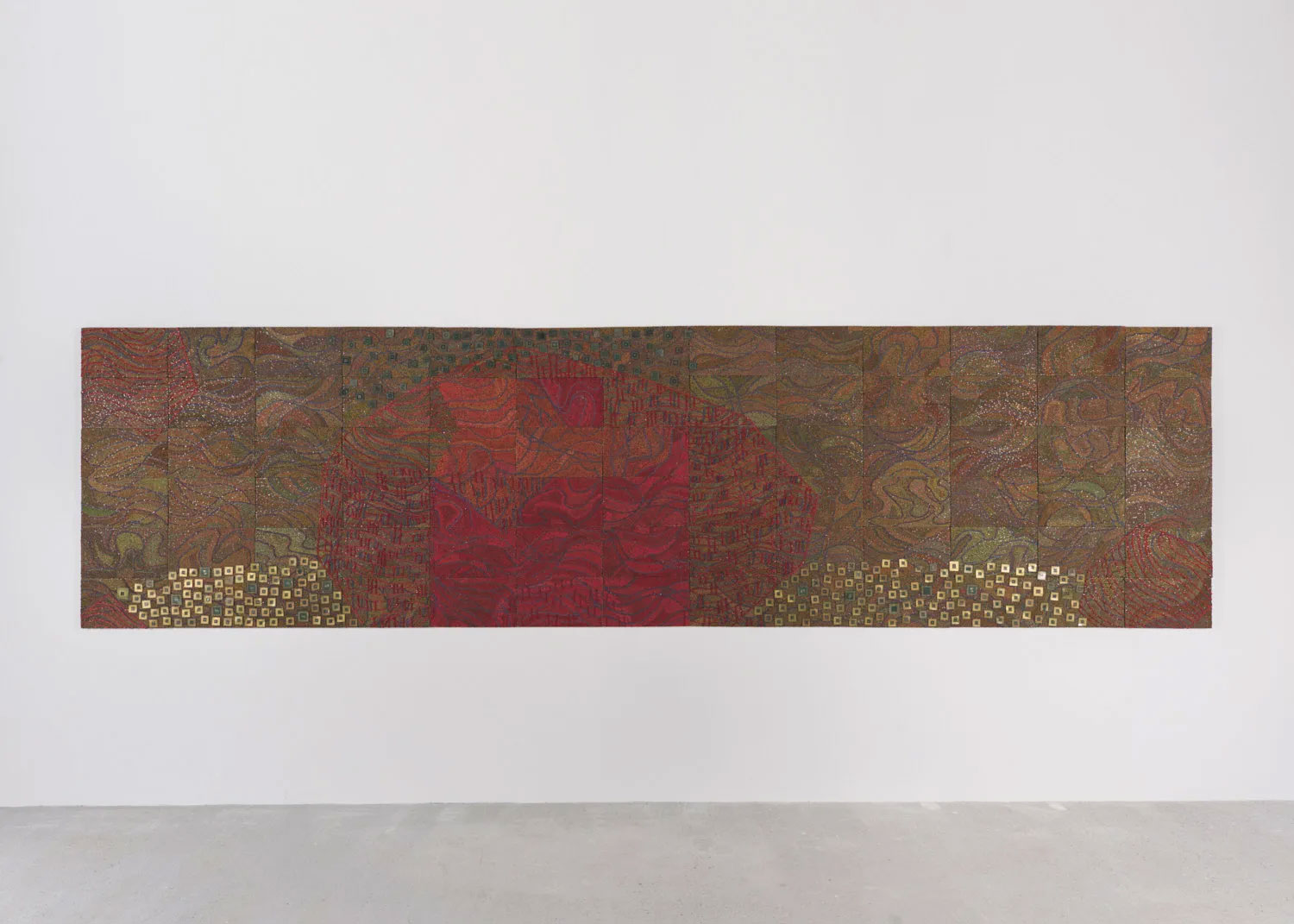

Right: Elias Sime, Tightrope: Dichotomy 6, 2023-2024, Electrical components and electrical wires on wooden panel, 230 x 160 cm | 90 1/2 x 63 in, © Elias Sime, Courtesy the artist and GRIMM Gallery
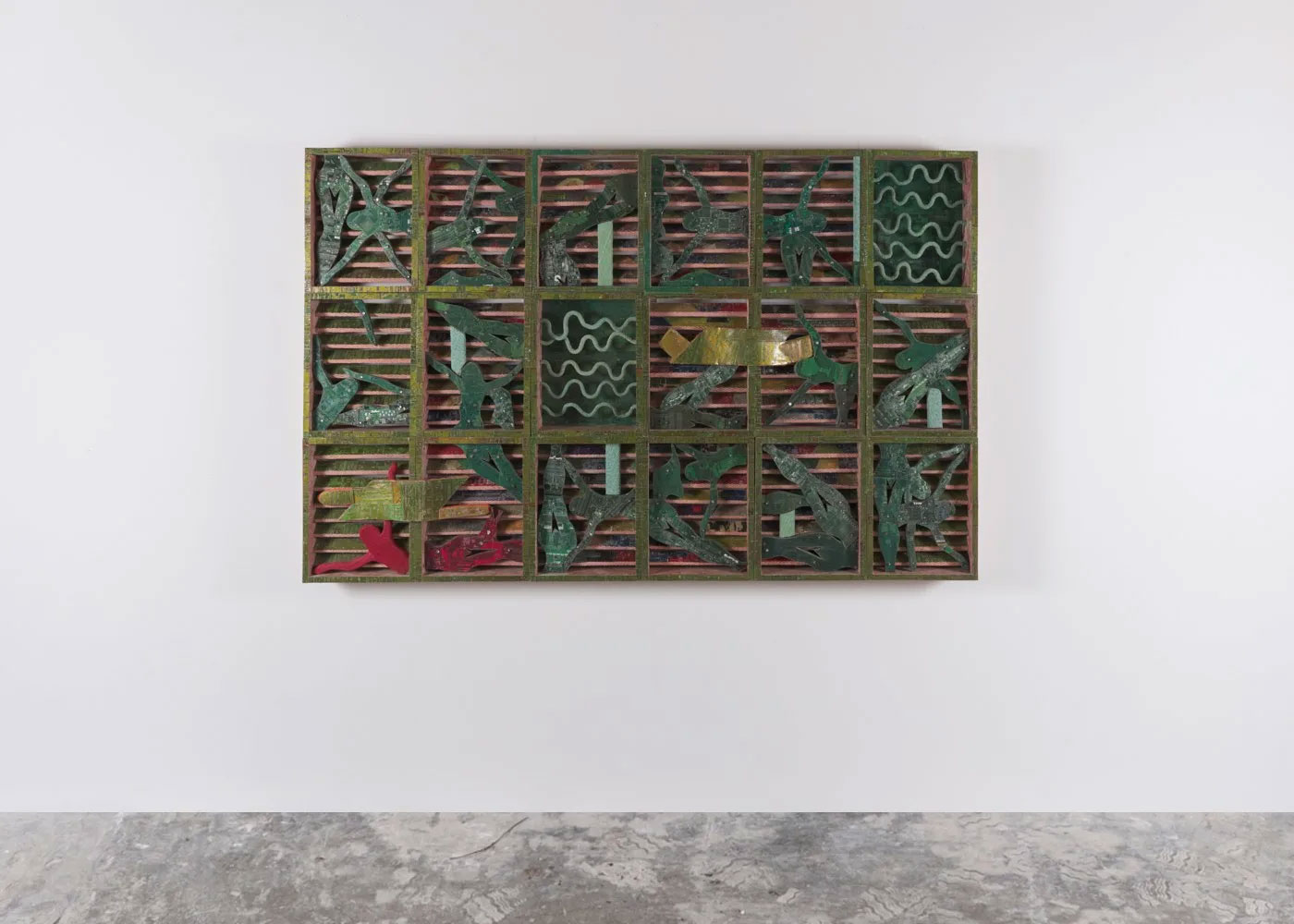

Right: Elias Sime, Tightrope: Dichotomy 7 (Detail), 2023-2024, Electrical components on panel, 198.1 x 78.7 x 63.5 cm | 78 x 31 x 25 in, © Elias Sime, Courtesy the artist and GRIMM Gallery
